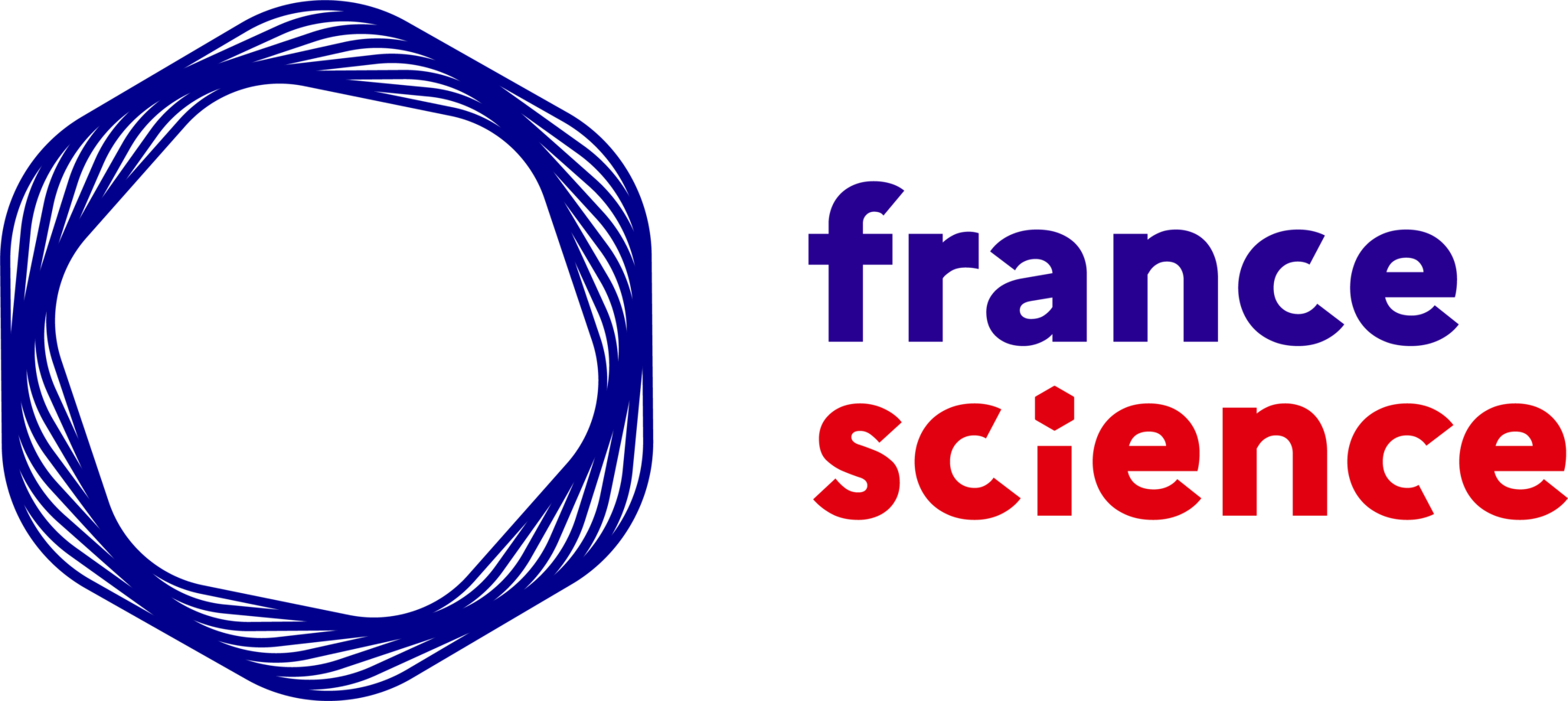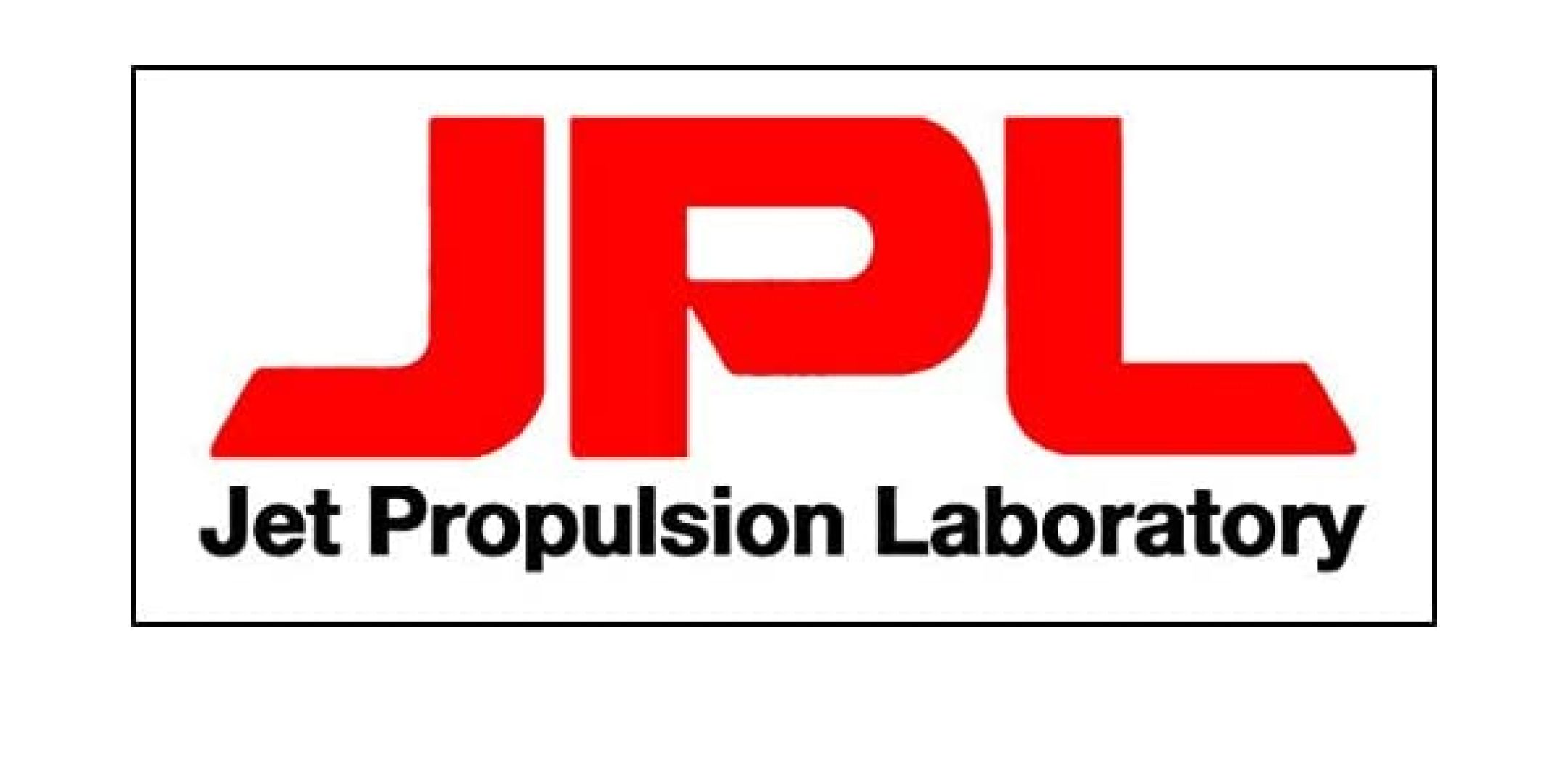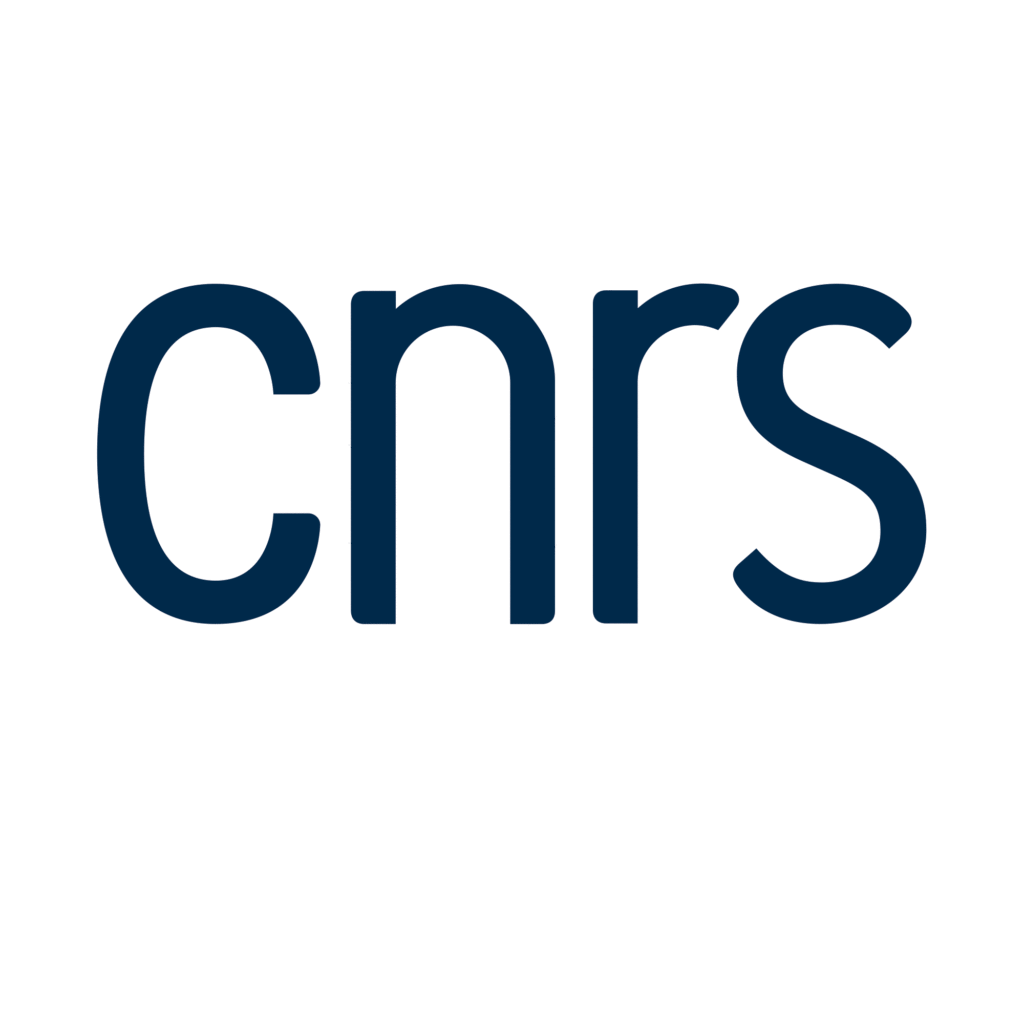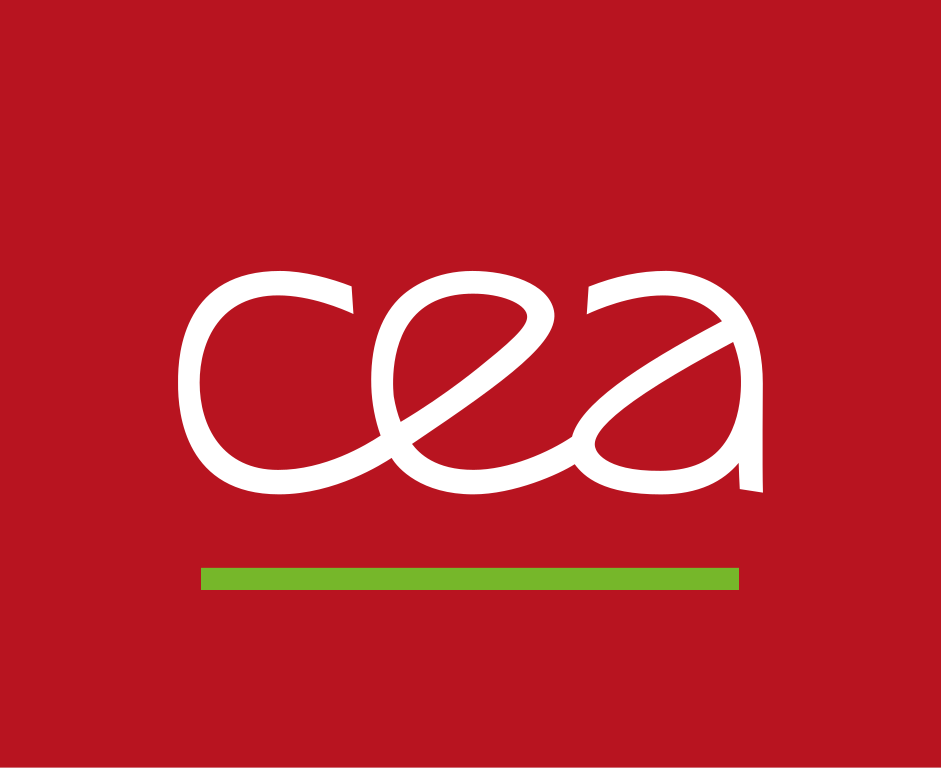Tuesday 22 September, https://fscience-old.originis.fr/wp-content/uploads/2023/06/GLOC_Oslo_Norway_S2_27juillet2022_web-2-1.jpg President Jean-Yves Le Gall and Michael Watkins, Director of NASA’s Jet Propulsion Laboratory (JPL), discussed space cooperation between France and the United States. The bilateral meeting was followed by a programmatic meeting attended by their respective teams, where Earth observation, space exploration and planetary science were the focus of discussions.
https://fscience-old.originis.fr/wp-content/uploads/2023/06/GLOC_Oslo_Norway_S2_27juillet2022_web-2-1.jpg and JPL began their meeting by hailing recent successes, notably advances on the SWOT (Surface Water and Ocean Topography) satellite altimetry mission. Despite the difficulties posed by the ongoing coronavirus crisis, all https://fscience-old.originis.fr/wp-content/uploads/2023/06/GLOC_Oslo_Norway_S2_27juillet2022_web-2-1.jpg instruments for this mission have been integrated with the KaRIn payload. With its two radar antennas perched at the end of a 10-metre boom, KaRIn will afford continuous coverage of a 120-kilometre swath, where current radar altimeters are restricted to a strip of a few kilometres directly below the satellite. This wide swath will give it the capability to measure surface water height in rivers more than 100 metres wide and lakes and flood zones covering areas of more than 250 x 250 metres with an accuracy of 10 metres, and to quantify slopes with an accuracy on the order of 1.7 cm/km. The key technical, scientific and practical innovations of the SWOT mission are the result of the heritage that NASA and https://fscience-old.originis.fr/wp-content/uploads/2023/06/GLOC_Oslo_Norway_S2_27juillet2022_web-2-1.jpg have built together in the field of satellite altimetry over more than 20 years.
The successful launch of the Perseverance rover on 30 July kicked off the Mars Sample Return mission. Perseverance is the first stage of this programme and is designed to collect and cache samples to be brought back to Earth by joint U.S. and European missions scheduled to launch in 2026. Now on its way to the red planet, Perseverance, with the French SuperCam instrument on board, is set to land on the surface of Mars on 18 February 2021.
Looking to the future, https://fscience-old.originis.fr/wp-content/uploads/2023/06/GLOC_Oslo_Norway_S2_27juillet2022_web-2-1.jpg assured JPL that it remains ready to contribute its expertise to Earth-observation, solar system exploration and planetary science programmes developed by the United States, a key partner of France in space.
